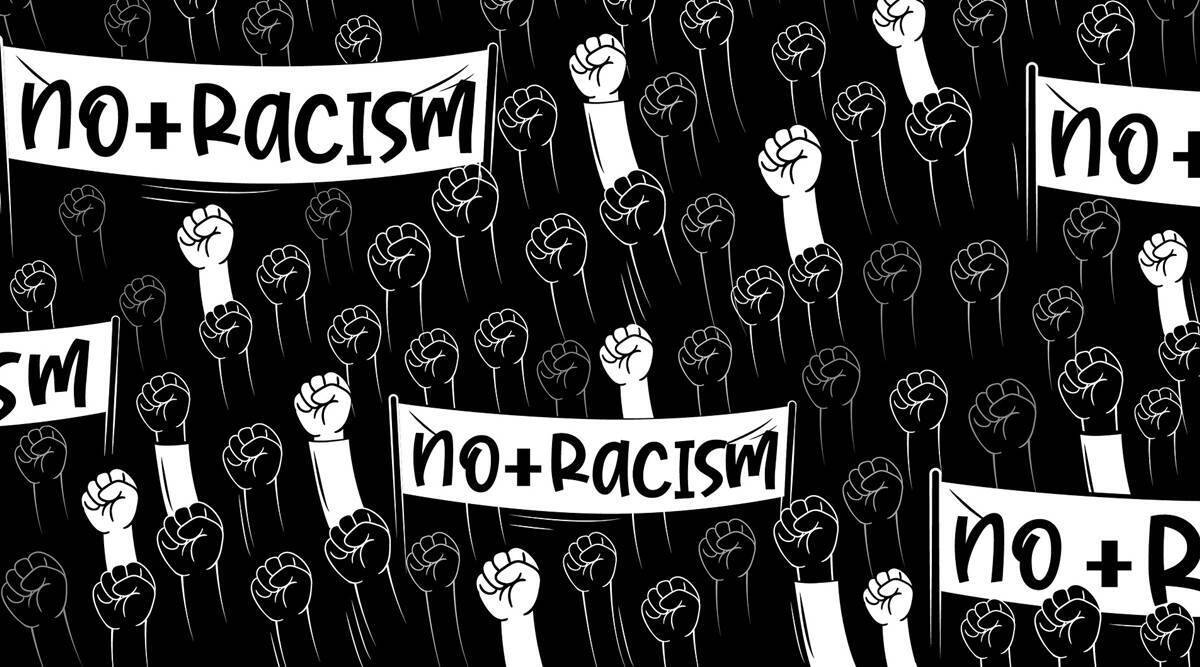India is renowned for its rich cultural heritage, social taboos, and vibrant way of life. But in a developing nation like India, the social taboos still Practiced needs to be improved. It is a developing metropolis where traditional and agricultural ideals mix with modern ideologies that have been shaped by a wide range of cultures and faiths. These restrictions apply to both Indian males and women. The conservative style of thinking, which opposes the contemporary viewpoints of the younger generation, is mostly to blame.
1. Women and their Bodies
Due to the prevalence of unpleasant terms in India that are disrespectful of girls and women, the Indian society has always had a misogynistic undercurrent. In India, the majority of women are instructed to view their bodies as a burden they shouldn’t express in their own particular ways. For instance, the female-focused movie Veere Di Wedding featured Indian ladies who engaged in drinking, smoking, and sexual activity. As a result, this was disliked by many people because it suggested a “modern” way of life.
Similar to this, Indian women are frequently portrayed as voluptuous beauty with amazing sex appeal in the arts and literature. In actuality, Indian society teaches its female members to keep their sexuality a secret and to confide in their spouses solely. This implies that in India, women who do embrace their own bodies and sexuality are stigmatized as being too unconventional and have effectively become social outcasts. In India, most women are instructed to maintain modesty and dress modestly, especially in rural areas. In India, being naked is viewed as a serious social offense. Hence, it is inappropriate to “care” about how your physique appears to others. Plastic surgery, including breast implants, is not praised or promoted.
2. Women Smoking
Smoking harms your health, not your personality. Smokers, on the other hand, are viewed as having very dubious morals in India. According to a recent article by India Today, “casual smoking is on the rise among young working women across Indian metropolises.”
According to statistics, India now has 12.1 million women smokers, which is the second-highest number in the world behind the United States. Since that smoking has a reputation for being a masculine behavior, some Indians have a particular dislike towards women who smoke. This is due to findings claiming that smoking can affect a woman’s fertility, harm her eggs, and interfere with ovulation. This suggests that the stigma associated with smoking may be more of a gender issue. One could perceive a lady smoking to be considered as a direct attack on Indian teachings and concepts of ‘being a mother first’.
3. Drinking
In India, alcohol is a substance that many people have an unhealthy relationship with because they view it as one of the most dangerous types of vice. Those who abstain from drinking view alcohol as a characteristic of the West that goes against their own set of values and morals. In several Indian states, alcohol abuse is out of control and negatively affects the lives of many men and even women.
When it comes to drinking, city life and rural life paint very different pictures.
Alcohol is made available as a socializing tool in the urban Indian wine shops, bars, and clubs with a modern aesthetic. where beer and spirits are enjoyed by Indian ladies and men equally. Villages experience a distinct situation because there is still no control over the production of illicit alcohol there. Often called to as “Desi,” it is distilled and produced out of sight of the law in very rural locations. A drink which is particularly potent in alcoholic strength and has been known to claim lives too. Indian places like Punjab are highly known for this kind of booze and Punjabi’s who don’t drink are sometimes seen to be a letdown.
It’s interesting to note that alcohol consumption is not age-restricted in several communities in North India. In contrast, Kerela has a serious problem with excessive drinking, with residents drinking twice as much as the national average. Additionally, states like Nagaland, Gujarat, and Bihar have made it illegal to use alcohol. Gujarat initially outlawed alcohol because it was so closely linked to smuggling and rising illegal sales. As Gujarat is the only state in India where the production and distribution of alcohol may result in the death penalty, this taboo has even shaped the legislation.
4. Divorce
While divorce is rarely necessary, marriage is a holy and sacred occasion that should always be treated with the highest care. Some Indian families believe that women are burdens who should get married as soon as feasible. Their financial responsibilities are transferred to their husband once they get married. If the lady gets divorced, she is once more reliant on her parents. Both men and women are mistreated by this viewpoint. It inherently marginalizes women and prevents them from achieving financial independence. Because they are raised with the idea that they will be the only ones to care for their wife, males may feel unfairly pressured by marriage.
As conventional as this perspective may be, divorce can cause a guy to feel unworthy of being a spouse and provider, which can cause him to be shunned by the rest of society. Sex before marriage is another taboo for Indian women, therefore at first glance, a divorced lady is seen as less pure than a woman who has never been married. Less than one in 1,000 marriages in India end in divorce, according to a BBC investigation. “The incompatibility may sometimes be quite large; indeed, but despite it all, the family is maintained,” said Roma Mehta in the Economic Weekly journal. Meaning that Indian women maintain their marriages despite having personal issues because they value having a strong family unit.
5. Periods
The difficulties women in remote communities have with their periods were highlighted in the 2018 Bollywood film Padman. The movie demonstrated how Indian women saw buying sanitary napkins as a waste of money while spending gladly on their family’s needs. In India, a lot of individuals believe that pads are unclean and unsightly. Hindu custom dictates that no refined civilization should allow the slightest mention of eras. Women were once required to keep their distance from other people during the week leading up to their period.
Because these ladies sat apart for hygienic reasons and lacked access to sanitary items, this viewpoint seemed reasonable at the time. Women are still supposed to keep their periods to themselves, and this shame still remains today. Incidentally, this taboo may soon change as India repealed its 12% tariff on all feminine hygiene items on July 21, 2018. Perhaps, this choice would lower the cost of sanitary towels for women. The fact that 71% of young girls learn about periods when they experience their first one, according to The Hindu, can only make the experience more upsetting.
The fact that 71% of young girls learn about periods when they experience their first one, according to The Hindu, can only make the experience more upsetting. 60% of young girls miss a week of school each month due to lack of knowledge about periods and the myth that menstruation makes you dirty. The worst finding is that 80% of women continue to use homemade pads, which are risky and can result in a variety of disorders a condition brought on by an outdated social taboo.
6. Sex
In spite of having the second-highest population in the world, it is illegal to discuss sex publicly in India.
This may be interpreted as making Indians hypocrites. In India, having sex before marriage is still viewed as sinful by the majority of people since sex is strongly connected to morality in that country. Many Indians are now realizing that their own Victorian attitudes on sex during British colonial rule actually contributed to the oppressive attitude toward sex in India.
As a result, during the British occupation of the country where the Kama Sutra was created, sex came to be seen as sinful. So, despite improvements in the cities and metro areas where young people are dating before marriage, sex before marriage is still widely seen as a huge taboo in India today. Although sex education is increasingly present in traditional classrooms, many people are still uncomfortable discussing sex, especially considering how highly valued virginity is in Indian culture.
7. LGBT
India has been to and from the moon. They also have a law that deems being gay, bisexual, or lesbian a criminal offense. Despite having one of the largest film businesses in the world, they also have this law. Notwithstanding its tremendous gains, India is regressing in terms of giving the LGBT people the necessary rights and safeguarding their safety.
Even if the rules are modified, the majority of LGBT persons in India would frequently choose to remain single and avoid heteronormative unions. Despite this, India’s growing LGBTQIA+ population is attempting to open doors for reform through protests and social media movements like #Sec377.
8. Love Marriages
The most typical marriages in India are arranged marriages. Despite the rise in love marriages throughout time, it is still frowned upon by the majority of Indians. The majority of Indian weddings are lavish displays of riches and are regarded as the country’s biggest event. Nonetheless, the majority of Indians have quite rigid ideas about how marriages should be conducted. Although if they are not as frequently “arranged” as in the past, parents and relatives still have a significant influence on who can marry whom. Arranged weddings are still fairly common.
In India, caste is still important when it comes to marriage. It is not common to marry someone from a lower caste or outside of caste. Because of this, being married for love is frowned upon in society, and these unions rarely last—unless, under severe circumstances, the pair runs away from home. Tragically, love stories frequently result in honor killings. Honor killings have significantly increased in India, according to crime statistics.




